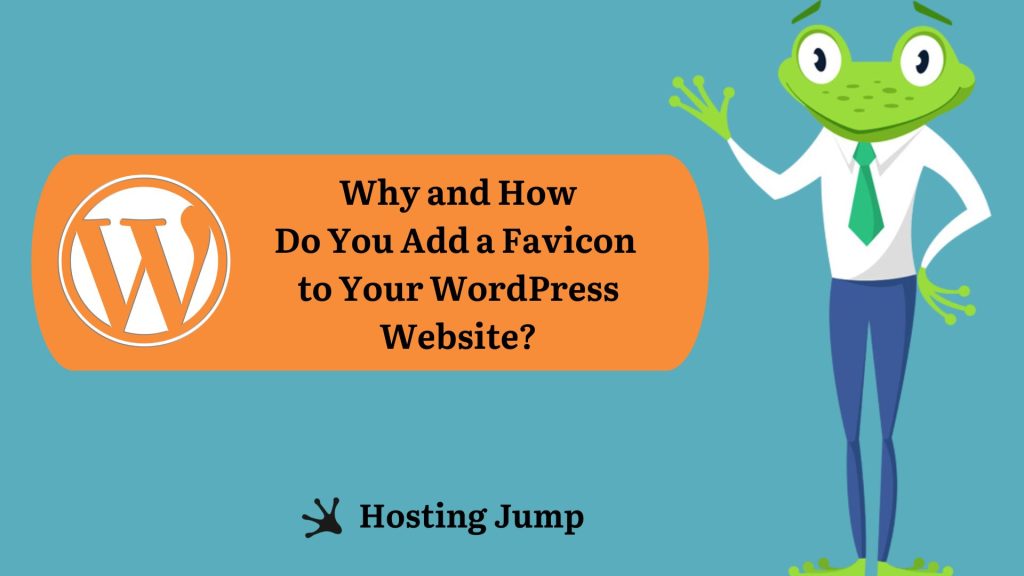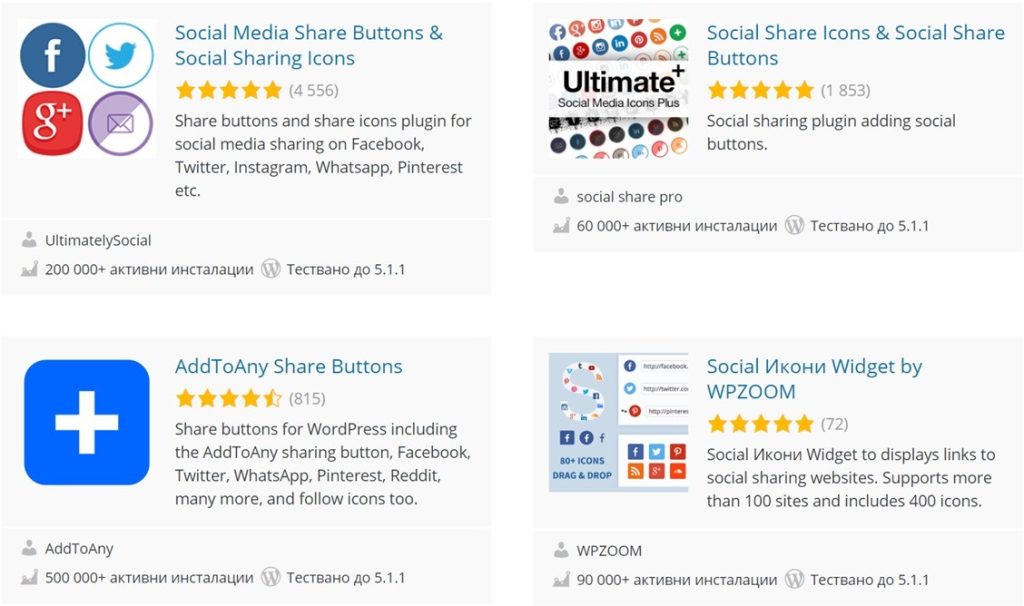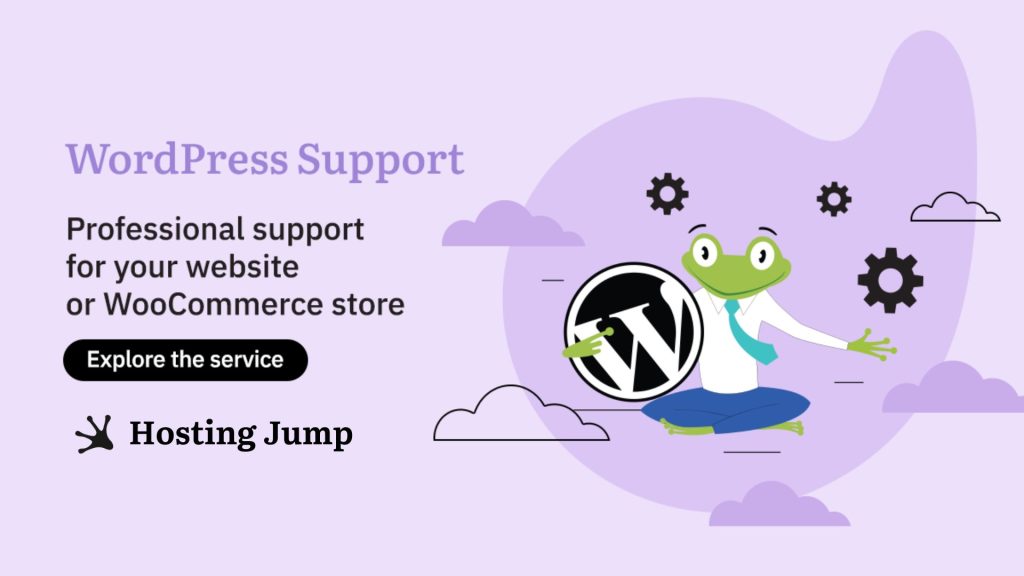If you are enthusiastic about starting a WordPress blog, to make it successful, have loyal readers, and increase your brand awareness, you should consider the following components:
1. About Us Page
Introduce yourself to your audience - interesting facts about you, your experiences, and the topics you are interested in and like to write about. Upload a photo of yourself to increase reader confidence, have fun, and show more of yourself.
2. Page "Contact"
Here you indicate how you can be contacted (by email, telephone, etc.)
For those of you who prefer not to provide this personal information, you can set up a contact form on this page. Regardless of which option you choose, it's important to have a page that makes it easy for your audience to get in touch with you.
3. Page With Ratings and Testimonials
On this page, you can specify the number of followers you have on social networks and links to your profiles. Add recommendations from influencers who follow you. The aim is to showcase your excellent online reputation and make it clear why people should follow you and work with you.
4. Favicon
What is a favicon ? At the top of every tab you have open in your browser, you will see the title of the website you are currently viewing. To the left of the website title you should see a very small image - this is the favicon (16 pixels by 16 pixels in the top left corner of the browser tab).

If you plan to have a commercial blog, it is a requirement that your blog has a logo. A logo helps you to recognize your brand.
We have a tutorial - on how to place a favicon on your site.

5. Mobile Responsive Design
In recent years, the trend towards mobile browsing has increased, so the design of your blog must also be suitable for this type of device. It is recommended that the content of your website is suitable for different screen sizes and devices so that you can appeal to a larger part of your audience.
6. Social Sharing Buttons
Include social sharing buttons and allow readers to share content they find interesting and useful (Twitter, Facebook, and Pinterest are the most commonly used).
You can use tools like:

Once you've installed a toolbar with more social media or a share button, add text to your blog posts that encourage readers to share your content.
7. Icons for Social Media
Many WordPress themes already include these icons in their design. Add the relevant links to each social platform and select which page they should appear on.
8. Comment on the Blog
Create conversations about your posts. Allow your readers to communicate and express their opinions on the topics.
WordPress has a built-in commenting system. You must activate this option when you start your blog.
You can specify which of your blog posts can be commented on by readers by clicking on the Screen Options tab and checking the Comments box before you publish a post.
9. Blog Categories
Categories help to organize the content of your WordPress blog, help with search engine optimization, and guide readers to the topics that interest them.
Create specific categories for your blog based on topics, industry trends, and keywords. Blog topics can also be included in more than one category, which helps to increase traffic to individual posts.
10. Related Posts and New Posts
This is content (posts) that your readers will most likely like. Bloggers use this tactic to drive traffic to other blog posts and keep readers interested.

Good Luck Bloggers!


